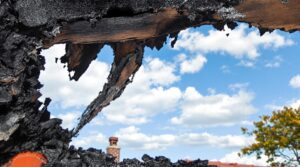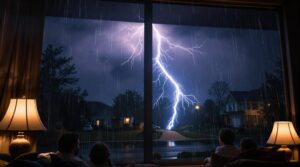Homeowners can file an insurance claim to cover the costs of removal, repair, or replacement of a tree damaged by a lightning strike. To initiate the claims process, they must assess and document the damage, including visible signs such as charred bark and split trunks. A thorough understanding of the insurance policy's coverage and limitations is essential. By gathering evidence and steering through the claims process effectively, homeowners can increase their chances of a successful claim and a fair settlement. Further guidance can facilitate a smoother and more effective claims process.
Key Takeaways
- Assess tree damage carefully, documenting visible signs, and collect expert opinions from arborists to support the insurance claim.
- Review homeowners insurance policy details to confirm coverage extent for tree damage from lightning strikes and potential exclusions.
- Report damage to the insurance company immediately, providing thorough documentation, including photos, videos, and historical weather data.
- Consider hiring a public adjuster to enhance documentation and assessment accuracy, potentially increasing claim settlement amounts.
- Keep accurate and organized records of all communications with the insurance company, additional expenses, and evidence to support the claims process.
Assessing and Documenting Lightning Strike Tree Damage
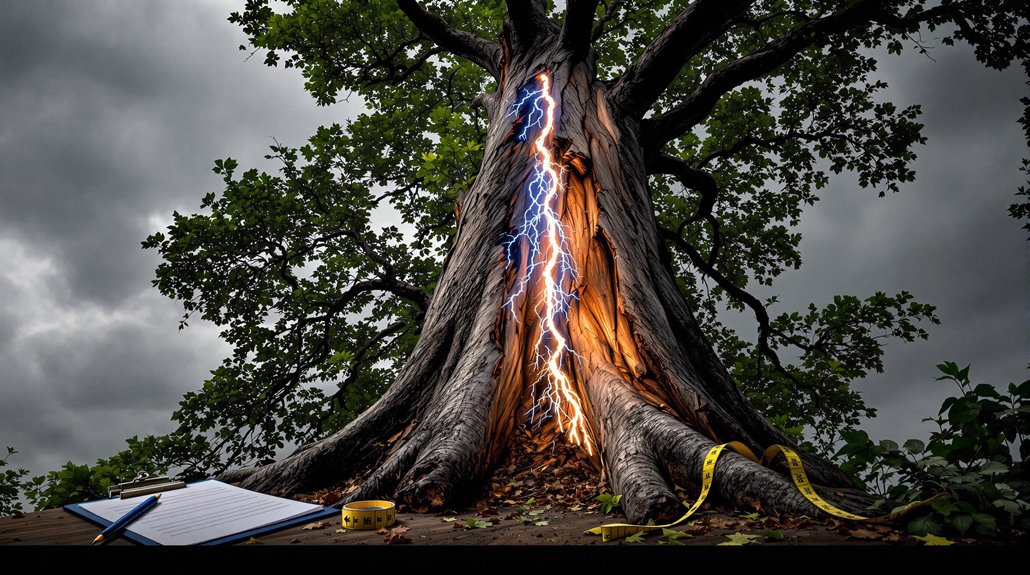
Following a lightning strike, multiple signs of tree damage may become apparent, with affected trees often displaying such indicators as charred bark, split trunks, and fallen branches. To assess the extent of the damage, property owners should carefully inspect the tree, taking note of any visible signs of lightning strike damage. Documenting the damage with clear photos and videos from multiple angles and close-ups is vital for insurance claims. Additionally, measuring the height and diameter of the damaged tree, as well as any nearby structures that may have been impacted, can provide valuable evidence. Collecting expert opinions, such as from an arborist, can offer insights into the condition of the tree and potential risks to property or safety. Keeping records of all communications with your insurance company regarding the claim is also important. Accurate documentation can help guarantee a smooth claim process.
Understanding Insurance Coverage for Tree Damage
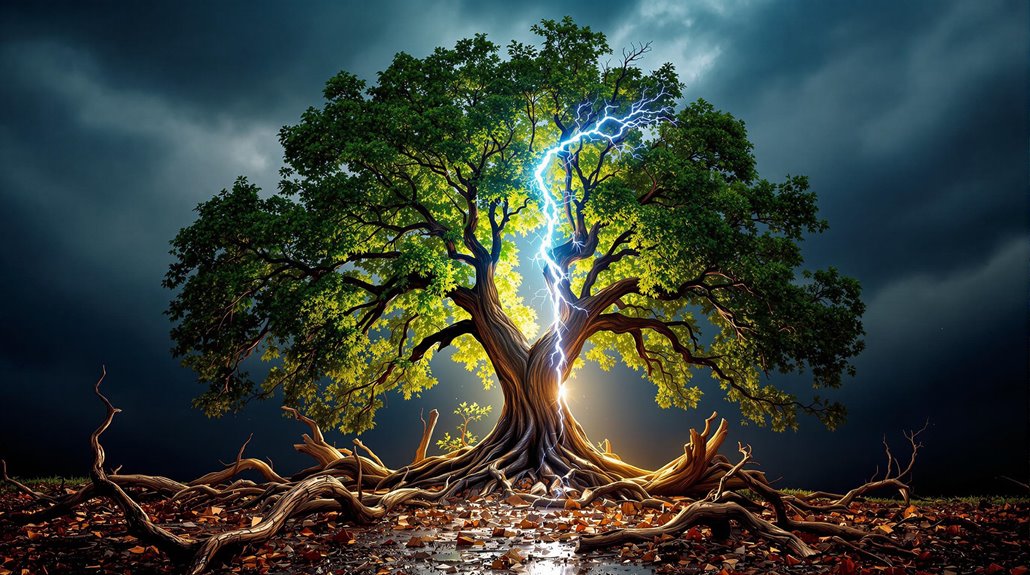
Once property owners have assessed and documented the extent of lightning strike damage to trees, the next step involves determining the applicable insurance coverage. Standard homeowners insurance policies typically cover tree damage caused by lightning strikes, including the cost of removing fallen trees from the property. Reviewing policy details is essential to confirm the extent of coverage for tree damage, as some policies may exclude landscaping. Homeowners should also be aware that liability coverage may apply if a tree struck by lightning damages adjacent properties or structures, protecting them from potential claims made by neighbors. Understanding the specifics of the insurance policy regarding tree damage is vital for filing a successful insurance claim related to lightning strikes. Documenting the damage thoroughly supports the claim and facilitates the determination of repair costs, enabling property owners to navigate the process efficiently. Property owners should document all additional living expenses if they must temporarily relocate while tree removal and repairs are completed. In cases where the damage is extensive or involves multiple trees, homeowners may find it beneficial to consult with a public adjuster who specializes in lightning strike damage insurance claims. These professionals can help assess the full extent of the damage and ensure that all potential claims are accurately documented and submitted. By leveraging their expertise, property owners can maximize their insurance benefits and streamline the claims process, ultimately alleviating some of the stress associated with recovery efforts.
Navigating the Insurance Claim Process for Lightning Damage
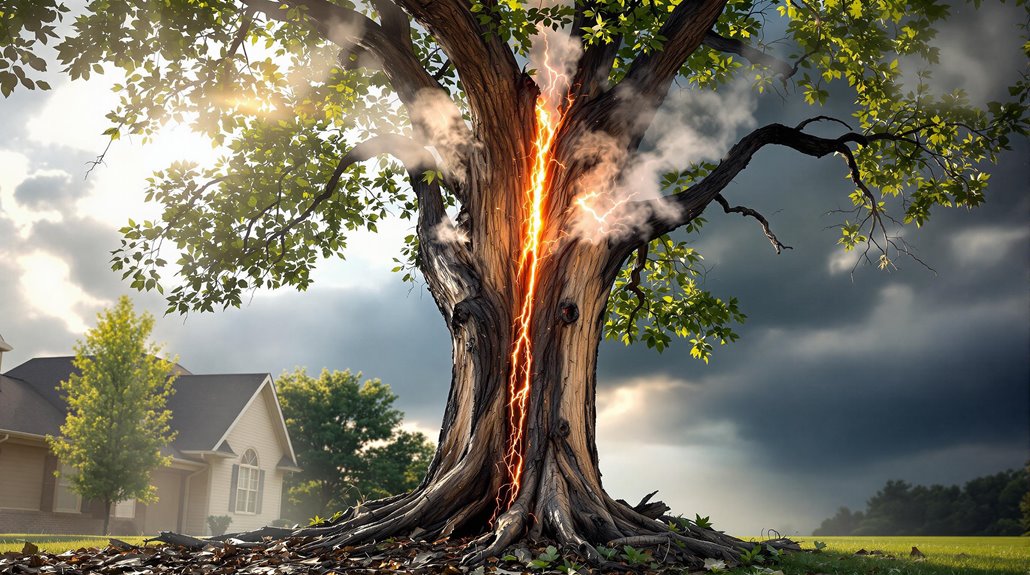
Multiple factors contribute to a successful insurance claim for lightning damage to trees, with thorough documentation being an essential element. To navigate the insurance claim process for lightning damage, homeowners should report the damage to their insurance company immediately. This allows them to understand their coverage specifics regarding tree damage and initiate the claims process. It is vital to document all damages with clear photos and videos to support the claim. Homeowners should also provide evidence of the lightning strike, such as historical weather data or reports from local authorities. An insurance adjuster will assess the damage, so organized documentation is necessary to facilitate their evaluation. Homeowners insurance typically covers direct damage from lightning, but additional coverage may be required for landscaping or trees specifically. A well-documented claim guarantees a smoother insurance claim process for lightning damage claims, increasing the likelihood of a successful outcome. For complex lightning damage situations, consulting with a public insurance adjuster can help maximize your settlement by professionally negotiating with the insurance company.
Seeking Professional Help for a Successful Claim
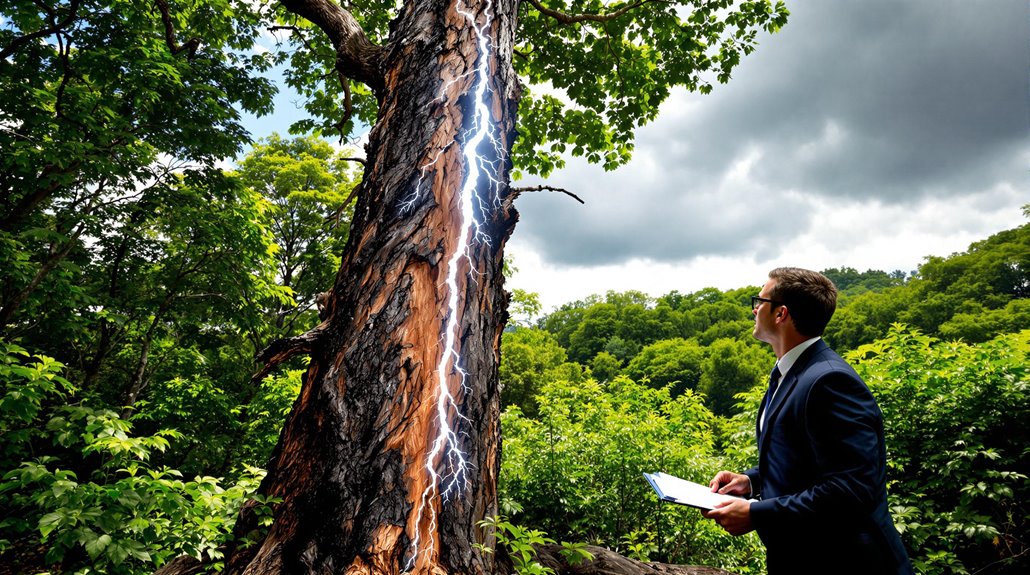
How can homeowners effectively document and navigate the complexities of tree damage claims resulting from lightning strikes? Seeking professional help, such as hiring a public adjuster, can greatly enhance the documentation process and guarantee an accurate assessment of tree damage. Public adjusters possess specialized knowledge of insurance policies that can help navigate coverage specifics related to tree damage, including potential exclusions and limits.
Studies show that working with public adjuster settlements can result in increases up to 500% higher for non-catastrophe claims compared to handling claims independently. Engaging an expert can aid in gathering essential evidence, such as photographs and detailed reports, which support claims related to lightning damage. Professional guidance can streamline the claims process by negotiating directly with insurance companies to maximize settlement amounts for tree removal and property restoration. By utilizing a public adjuster's expertise, homeowners can alleviate stress and confusion during the claims process, increasing the likelihood of a successful outcome for tree damage claims and receiving the necessary funds for restoration. Expert guidance guarantees effective navigation of the claims process.







